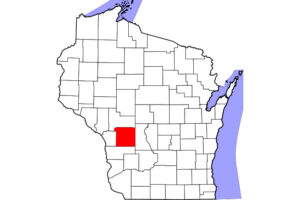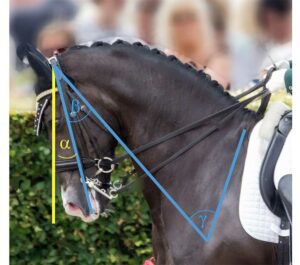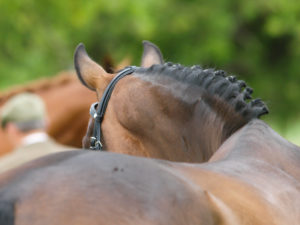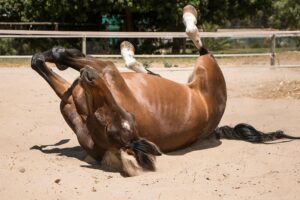Training Young Horses
Dr. E.E. Watson was a veterinarian of some repute for many years in the Midwest during the middle decades of the 20th Century. He not only treated racehorses, but he bred them, owned them, and trained them. One year in the late 1950s, he had a
Share
ADVERTISEMENT
Create a free account with TheHorse.com to view this content.
TheHorse.com is home to thousands of free articles about horse health care. In order to access some of our exclusive free content, you must be signed into TheHorse.com.
Start your free account today!
Already have an account?
and continue reading.
Share
Written by:
Gary Lavin, DVM
Gary Lavin, DVM, is a private Throughbred practitioner and breeder based in Kentucky who now is retired from a racetrack practice. He is a former president of the American Association of Equine Practitioners and the Kentucky Thoroughbred Association.
Related Articles
Stay on top of the most recent Horse Health news with



















